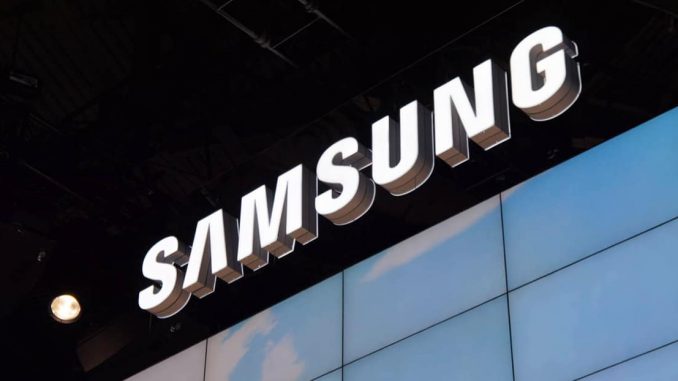
Samsung has grown from a noodle and seafood company to one of the world’s most recognisable brands, survived wars, several economic crises and even corporate scandals, but remains a leader in the smartphone and electronics market. Let’s take a look at the company’s history and what it owes its success to.
History of the founding of Samsung
In 1938, Lee Byung-chul founded Samsung Sanghoe, a trading company that sold mainly dried seafood, noodles and agricultural products.
The Korean War in the early 1950s nearly destroyed the business. After losing most of its physical assets, Lee was forced to rebuild the company. It was then transformed into a chaebol (family business conglomerate) called the Samsung Group, and began venturing into new areas, selling insurance and securities.
The post-war economy proved favourable for business. Local demand for raw materials and consumer electronics grew and in 1969 Samsung Electronics was founded, followed by other divisions.
In 1987, Lee died and his youngest son, Lee Gong-hee, took over the management of the company. Thanks to him, the Samsung brand was loved by millions of consumers around the world.
By the 1990s, Samsung had begun to consolidate its status as a global company. Samsung’s S&T division built one of the two Petronas Towers in Malaysia, as well as the Burj Khalifa in the UAE. In 1992, Samsung Electronics became the world’s largest chip manufacturer.
By the mid-2000s, Samsung was a leader in the consumer electronics market. It sold a large number of televisions, audio systems and home appliances, ahead of serious competitors such as LG, Panasonic and Sony.
In January 2021, the company’s executive and grandson of Samsung’s founder, Lee Jae-yeon, was arrested for his involvement in the scandal surrounding former South Korean president Park Geun-hye and her girlfriend Choi Soon-sil. However, this did not affect the company’s operations.
Samsung Group is now led by three CEOs: Kim Ki Nam, Kim Hyun Suk and Ko Dong Jin.
The history of the company name
Lee wanted his business to be as strong and enduring as the sky. That is why he chose the name Samsung, which means “Three Stars” in Korean. At the same time, the sam symbol represents strength and greatness, and is sung for eternity.
Over time, the three stars have become associated with the key areas of Samsung’s business: electronics, information technology and development.
History of the Samsung logo.
The brand’s first logo appeared on a packet of noodles. Its main element was three stars, which were retained in later versions. The three horizontal stripes represented rice noodles, one of Samsung’s main products, while the spikes referred to the company’s agricultural business.
Over time, the company launched new lines of business and the food symbols disappeared from the logo. The Samsung lettering appeared and the stars became four-pointed. The logo was still in black and white at that time.
With the advent of colour televisions, colours were added to the logo: the stars now had a red background in the form of octagons. They tried to remove it at the time, but then decided to bring it back.
In 1993, Samsung actively entered the international market and undertook a major rebranding exercise. Instead of stars, a blue oval symbolising the universe appeared. Over time, it was simplified. The brand logo now consists of blue letters and the previous version is used as the Samsung Group’s corporate logo.
The secrets of Samsung’s success
The company’s story is one of colossal success. It has grown from a small company to a global corporation with one of the most recognised brands in the world. What is its secret?
Samsung has been able to transform itself effectively in times of crisis. In 1993, Lee Hong-hee proposed a new strategy inspired by the major trends of the 1990s: globalisation, the democratisation of South Korea and digitalisation.
Samsung regularly launched new profitable business lines. Lack of experience was compensated for by acquisitions or partnership agreements.
Samsung combines best management practices. It is a hybrid of American and Japanese approaches: a Western focus on revenue, frequent turnarounds and products is combined with Eastern discipline, loyalty and hard work.
Samsung responds quickly to incidents. The Galaxy Note 7 story is a good example.
You may also like:
